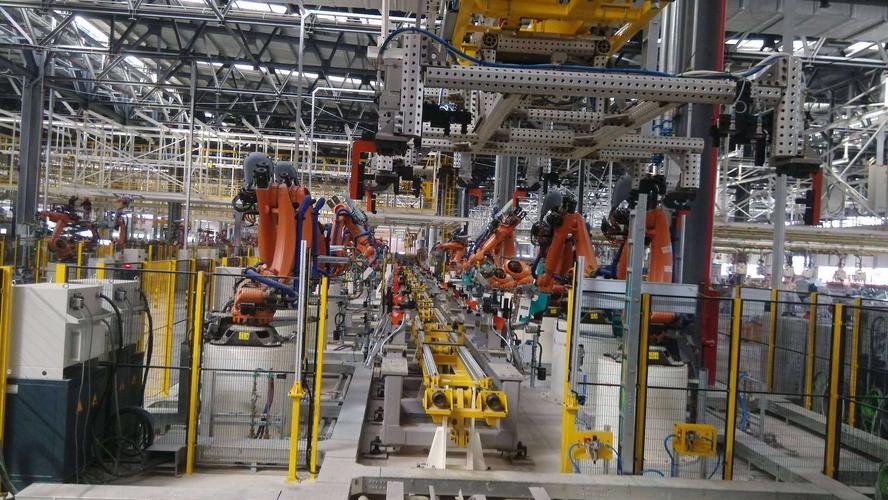Projects
Revolutionizing Automotive Manufacturing: The Role of Laser Welding in Light-weighting and Quality Enhancement
In the backdrop of the new wave of technological revolution, the automobile industry is progressively transitioning towards electrification, intelligence, and sharing. This global automotive paradigm shift marks an unprecedented transformation of the industry in a century, ushering in significant novel opportunities for both upstream and downstream sectors within the automotive supply chain. Regardless of whether in the domain of traditional internal combustion engine vehicles or emerging new energy vehicles, the welding of automotive body-in-white structures remains a pivotal process within the vehicle manufacturing continuum. The quality of welds on the body-in-white directly correlates with the overall vehicular quality and operational lifespan.
Over the past several decades, driven by considerations of fuel efficiency, safety, and environmental consciousness, automotive enterprises have been committed to the pursuit of weight reduction in the body-in-white. This endeavor aims to enhance structural comfort and safety while simultaneously improving fuel efficiency and curbing carbon emissions. To meet the demands of weight reduction and cost control set forth by automotive manufacturers, suppliers have proposed diverse alternative solutions based on raw materials, but these have often failed to achieve material versatility and economic feasibility. Laser welding, as a sophisticated joining technique, facilitates the amalgamation of two or more dissimilar materials with varying thicknesses into a single component. This capability caters to the disparate performance and weight requirements of distinct regions on a singular component, as mandated by design departments within automotive enterprises.
In the current phase, laser welding primarily encompasses conduction welding and deep penetration welding methods, imparting numerous advantages in the domain of automotive body-in-white joining.
- Laser welding addresses the material-intensive shortcomings associated with conventional spot welding, resulting in reduced consumption of automotive body metallic materials. Simultaneously, it enhances aesthetics and sealing attributes while alleviating vehicular mass, thereby effectively responding to the ongoing trend of vehicular lightweighting.
- The high welding line speeds inherent to laser welding substantially elevate production velocity. This attribute is particularly advantageous to the time-sensitive pursuits of the automotive manufacturing sector.
- Laser welding effectively accommodates the joining of distinct automotive body materials and diverse thicknesses of sheet metal, including the frequently employed materials in the automotive realm, such as galvanized steel and aluminum alloy sheets.
- Due to the convenient parameter adjustment capability of laser welding equipment, automation processing can be realized. A single equipment unit is capable of performing multiple processing techniques such as cutting, welding, and surface treatment, thereby reducing welding costs.
In 2019, HGTECH introduced the first domestically developed “Automotive Body Welding and Assembly Production Line“. This line is currently utilized in multiple brands and models including GM, JMC, and GAC Honda, capturing a 90% market share in the domestic automotive body welding sector. Notably, GAC Honda’s 10th-generation Accord roof laser welding production line achieved the fastest domestic production tempo (43s per set) at that time.

A reduction in the automobile’s inherent weight by 1% can result in fuel consumption savings ranging from 0.6% to 1.0%, with a substantial enhancement in acceleration performance. Laser welding not only facilitates the compression of dimensional components within the vehicle’s structure, leading to a reduction in overall body weight and diminished energy losses, but it also contributes to the reduction of process complexity and production material wastage, ultimately enhancing production efficiency.
The observed effects of applying laser welding technology in the market illustrate that its utilization not only leads to a decrease in vehicle body weight and improved assembly precision but also significantly reinforces the structural integrity of the vehicle body. Consequently, as users relish enhanced comfort, this technology concurrently provides heightened safety assurance. With continual breakthroughs in the challenges associated with laser welding technology and the relentless advancement of manufacturing processes, it is firmly anticipated that laser welding will emerge as an integral component within the future landscape of automotive body manufacturing techniques.



































